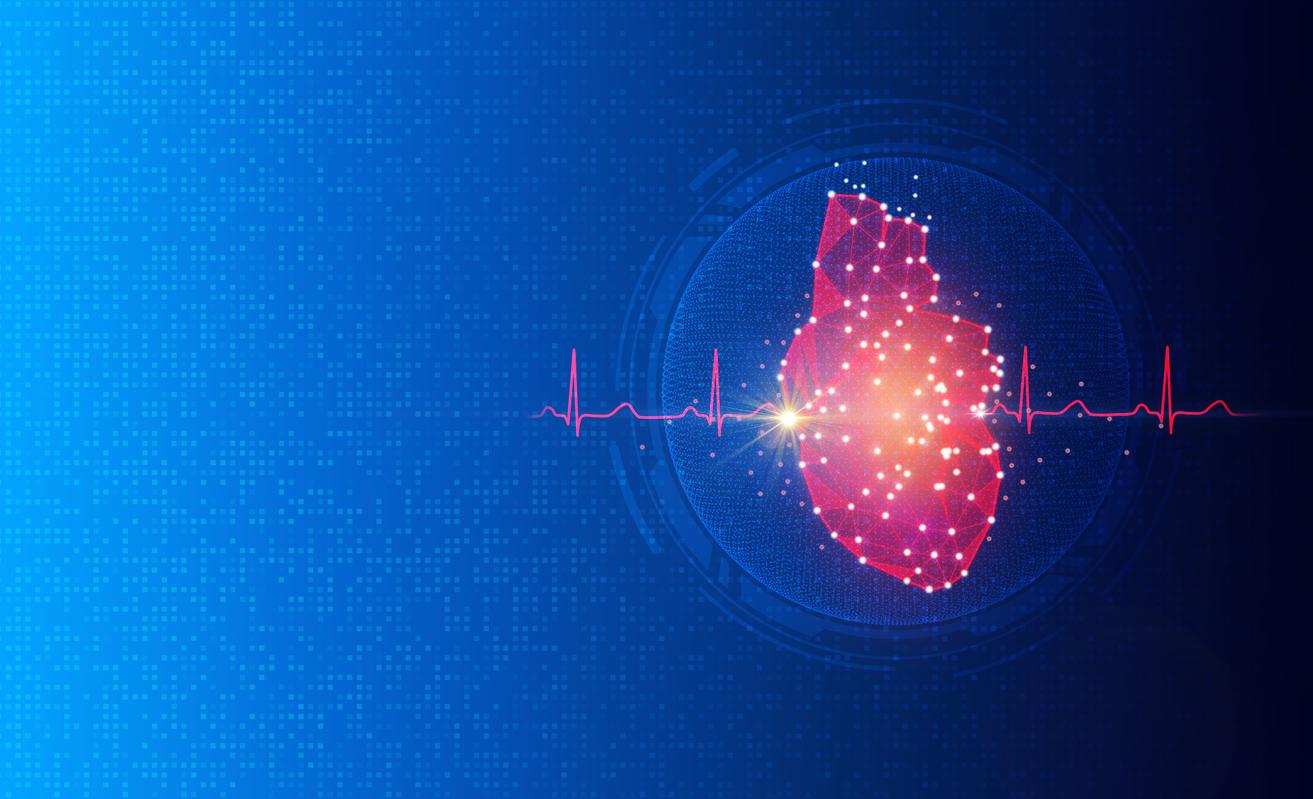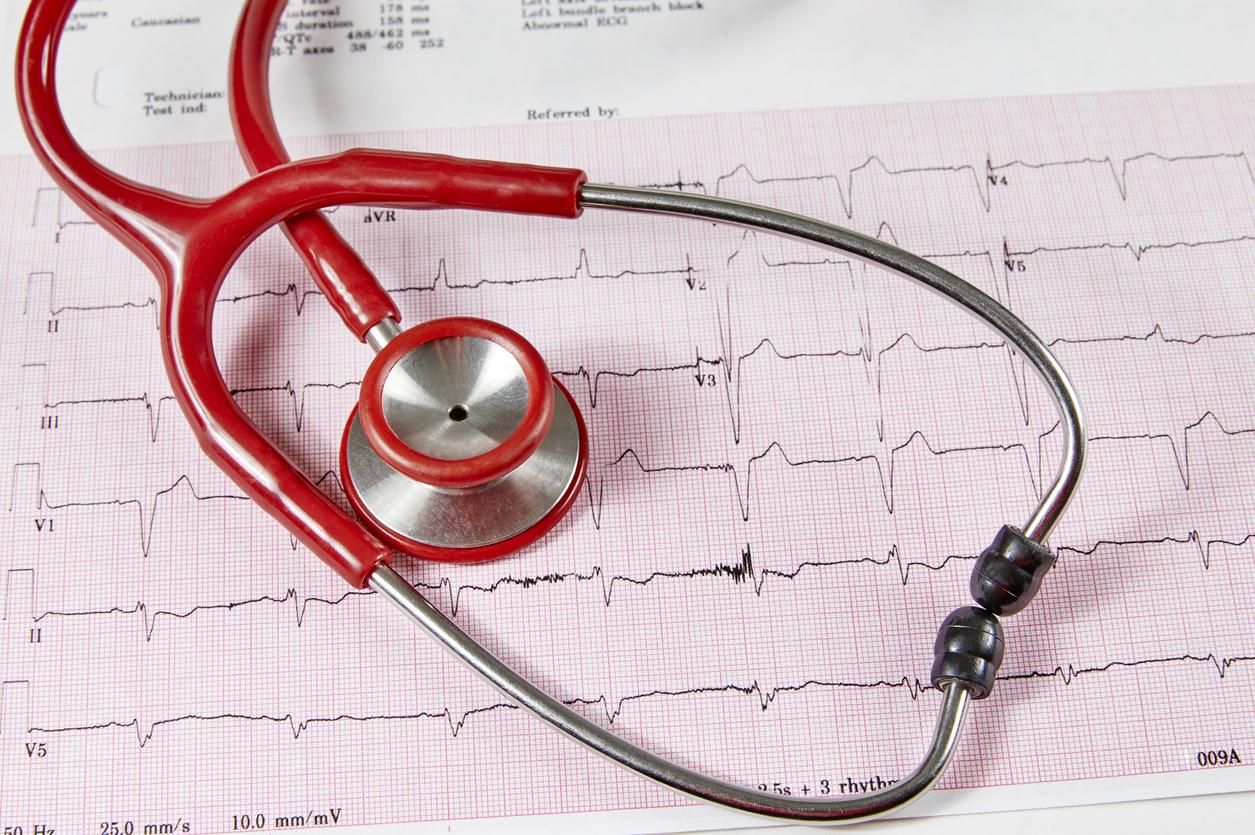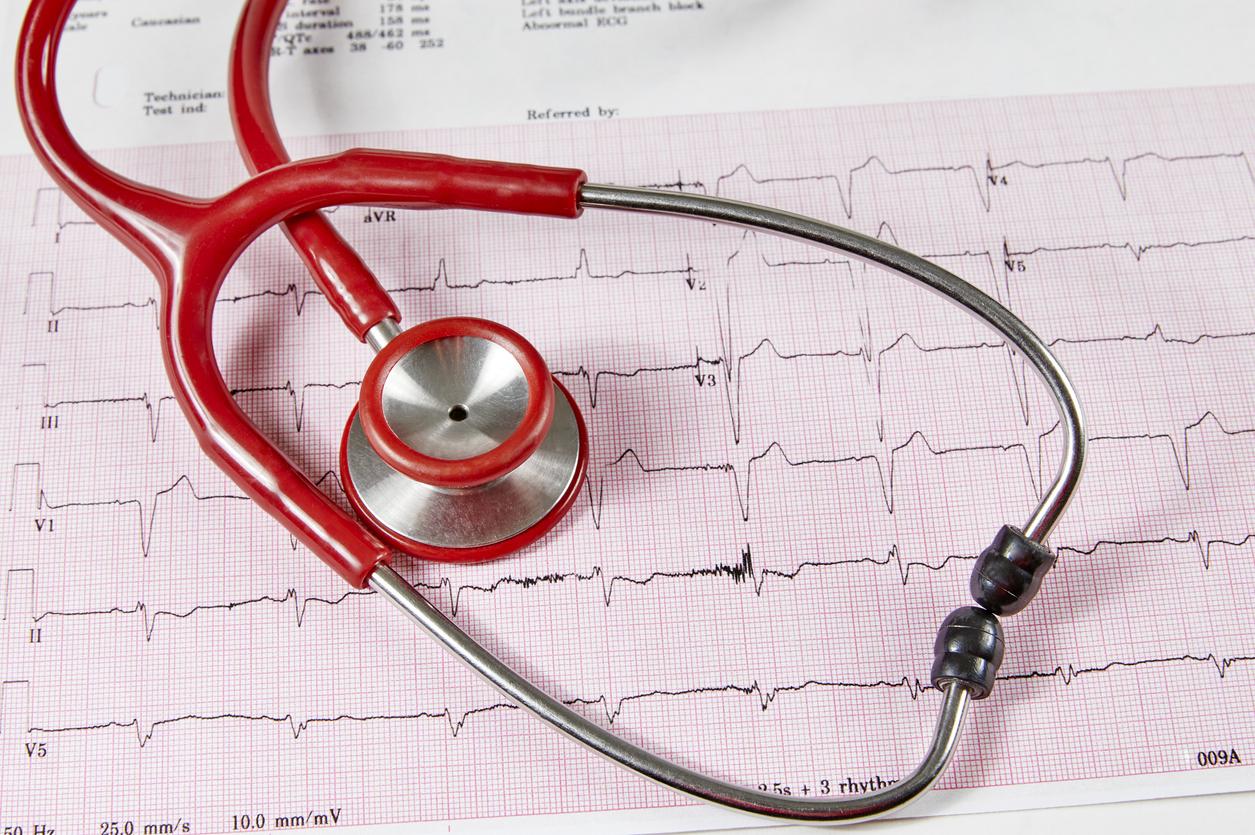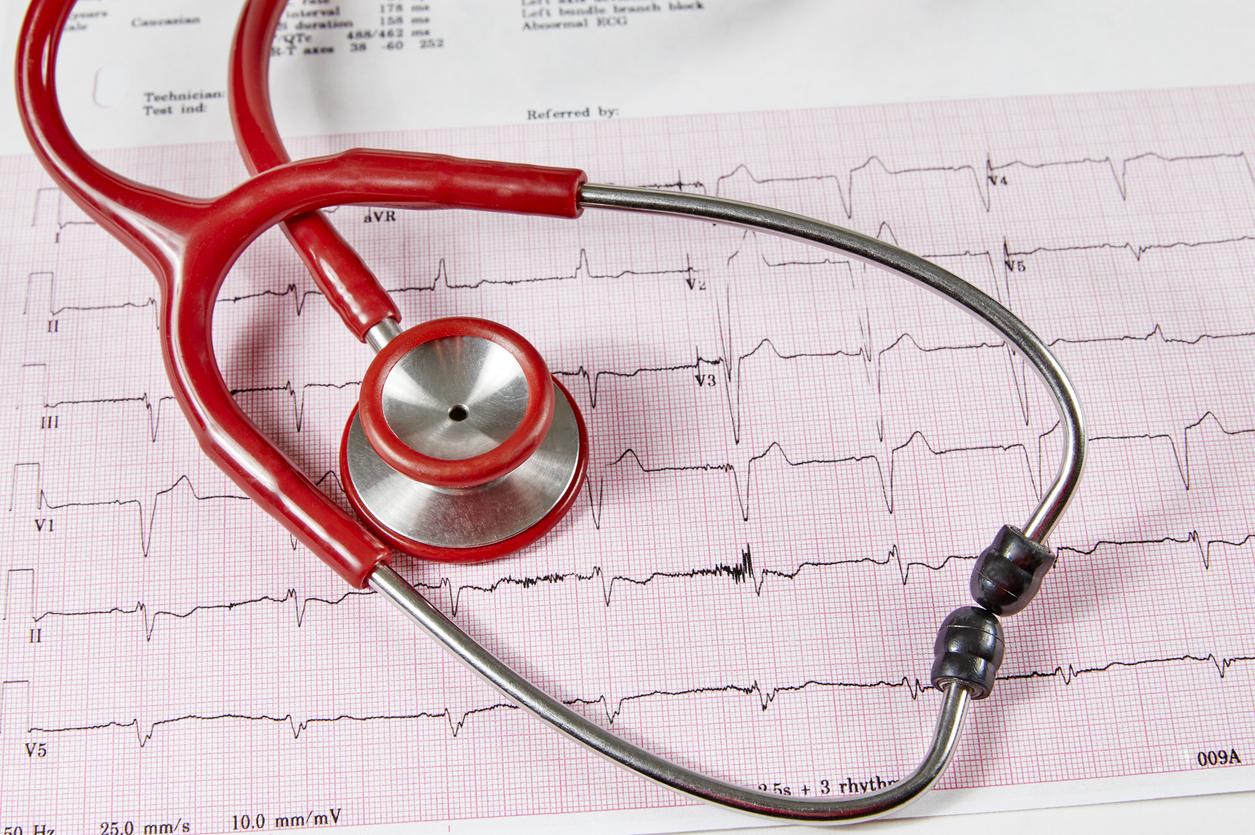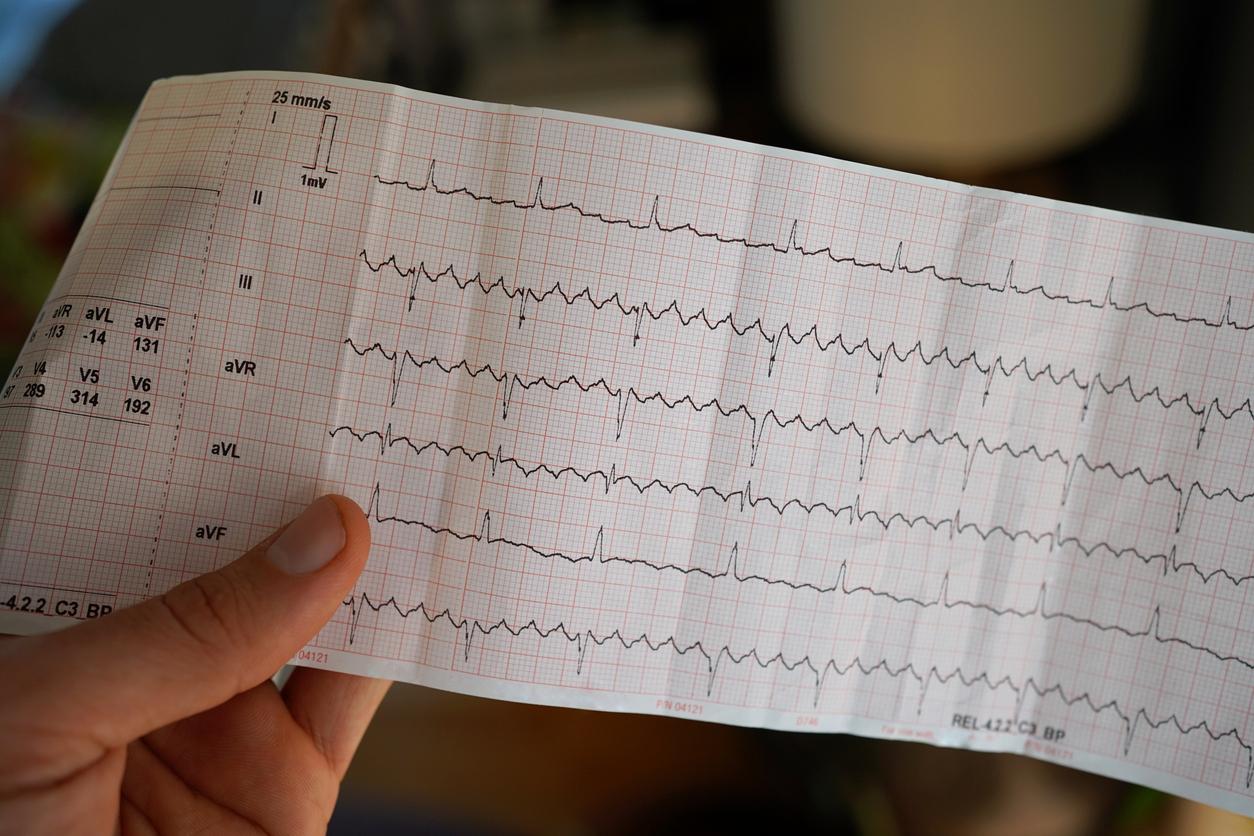Atrial fibrillation would affect more than 750,000 people in France. As part of the 2021 Week of Action concerning this disease, Why Doctor offers you a series of articles to better understand atrial fibrillation, its symptoms and the treatments to control it. Today, a “zoom” on the functioning of the heart and what happens in case of “AF”.

A beating heart is a running pump. A heart that beats too hard is something out of order in this vital mechanism. And perhaps, as for more than 750,000 people in France, the sign of atrial fibrillation. A disease that cannot be described as serious in itself but whose consequences can be fatal. The most dreadful consequence of this disease is indeed the cerebrovascular accident. There is therefore something to be interested in atrial fibrillation, especially since its symptoms are sometimes so discreet that it can develop almost invisibly.
“Misfires” in the contraction of cardiac fibers
To understand what it is if palpitations, shortness of breath, fatigue accompany palpitations and you are told about atrial fibrillation, it is the operating pattern of the heart pump that must be briefly recalled: coming from the veins, the blood which joins the heart arrives in the auricles and it is these, by contracting, which make the blood pass towards the ventricles from where it is revived in the arteries. Except that this contraction of the atria can experience “misfires” and get out of sync due to too early excitation of the fibers of the heart muscle. This is what happens in atrial fibrillation.
This disappearance of the synchronization of the contractions of the auricular muscle fibers has two consequences. On the one hand, the atria will become mechanically inefficient since they no longer contract, which leads to a reduction in cardiac output. And moreover, the absence of atrial contractions promotes stagnation of blood in the atria and spontaneous coagulation. This is what causes the risk of embolism and stroke.
A diagnosis from the electrocardiogram
It is for this reason that the management of atrial fibrillation is done with drugs that restore regularity to the heart rhythm, with anti-coagulants to prevent the formation of clots responsible for embolisms and strokes, using shocks electric to restore, there also, the cardiac rhythm (a method which treats the effects but not the cause…) or by ablation of hearths responsible for fibrillation.
But how is atrial fibrillation diagnosed? The palpitations and other heart rhythm disturbances that characterize it can also be a sign of other heart problems. And above all, it is a so-called “silent” disease whose symptoms can be misunderstood or misinterpreted. It is therefore only from an electrocardiogram that the diagnosis of atrial fibrillation can be made.

Below, the interview of Pr Nicolas Lellouche:
Find our program “Questions to the Experts” on atrial fibrillation:
.










